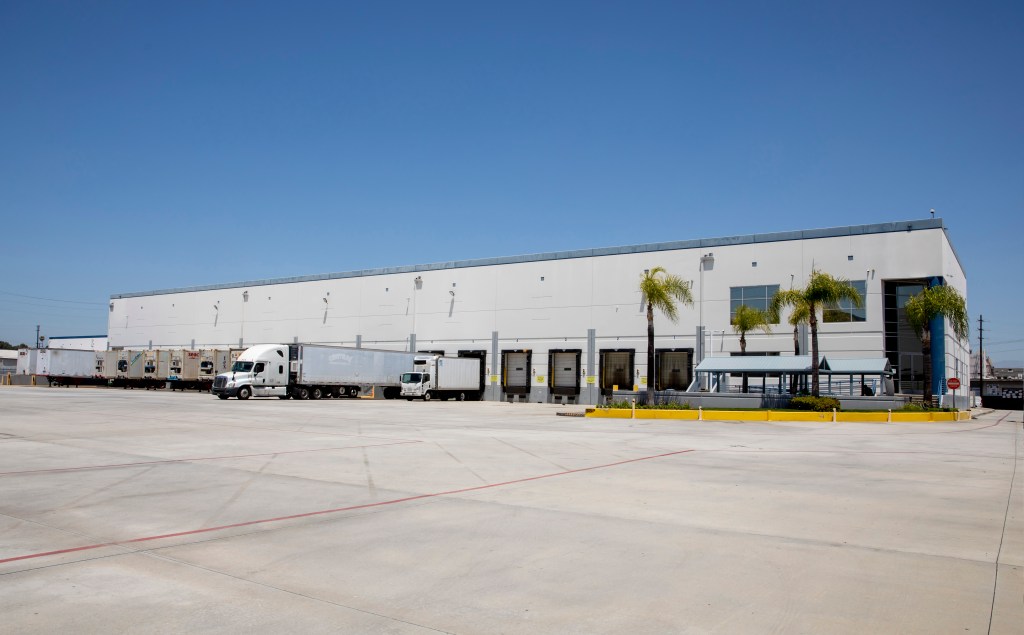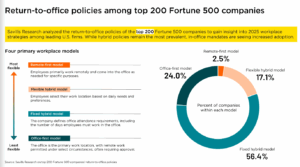Property Management Success: Cool Heads for Cold Storage

Over the past several years, cold storage has become an increasingly heated industrial specialty. According to Grand View Research, the climate-controlled storage sector, worth $36.9 billion as of 2023, is expected to grow 17.5 percent annually by 2030.
Much of this demand is structural. In a recent CPE Viewpoint, David Greek of Greek Real Estate Partners cited increased consumer appetite for fresh food at home, restaurant dining and take-out orders. Expanded manufacturing and e-commerce are stepping up demand, as well.
READ ALSO: Q&A: How Will the Manufacturing Investment Boom Impact Industrial CRE?
But equally important to having a facility that’s equipped to meet the demand is proper management. Effective cold storage property management has distinct requirements, as well as some underlying similarities to managing conventional logistics facilities.
Low temperatures, high stakes
Because of the nature of the products kept in cold storage facilities, the rigor of maintenance must be dialed up to 11. Generally, food refrigeration standards call for constant temperatures of 40 degrees and below, while medicines are best stored at 59 to 77 degrees. Even the deviation of a few degrees can lead to food spoilage or render medicines unusable.
“(For) most cold storage facilities, the HVAC systems have to be running at their maximum ability, while we ensure that there are no environmental issues like mold growth which would be a critical concern for us,” said Michael Bodendorf, senior vice president of global operations at Realterm. “We go to the properties at a minimum of twice a year to do inspections,” Bodendorf added.
Resilience is another area of heightened focus, as even brief interruptions in power or coolant delivery can have damaging results. “It’s always a matter of ensuring that there is redundancy. You will see users more invested in generators, where if something happens to these properties, they are covered,” Bodendorf noted.
The ability to reliably control temperature depends on the types of items being stored. Regulation may prove difficult if a facility has multiple tenants. “The problem is that you often have to look for potential cross-contamination between different products, (because) each has a different storage, temperature and humidity rating,” said Gary Stevens, director of engineering at Cushman & Wakefield Service Excellence,
These considerations apply to building structures, as well. A big concern is pressure, which is often controlled by smoke dampers and roof plenum space. The biggest avenue for spoilage can be a change in tenants and the requirements for a different set of products.
“It’s a matter of being sensitive to building the facility for the purpose, but when we change that purpose, we have to take all those considerations into account,” observed Cushman & Wakefield Service Excellence’s David Auton.
On the flip side, a recent area of increased focus is freezer space that enables operators to meet varying temperature needs. According to Lukas Huberman, partner & director of acquisitions at BLT Enterprises, “It’s proving to be even more sought-after than refrigeration in today’s market, and the potential to lease a space to several different clients within one facility is lucrative as demand increases.”
Policies, processes and procedures
Like the technical aspects of cold storage management, the skills that make the best managers often represent specialized versions of their counterparts at conventional facilities. “The skill set is the same; it really comes down to an understanding and appreciation of the tenant’s needs,” Bodendorf said.
In practice, this translates to sector-specific technical acumen. “Get someone who is knowledgeable about the things that need to be monitored, observed and managed, and then find people capable of training in that specific skill set,” Auton advised. That could involve Good Manufacturing Practice certification or quality assurance programs, he added.
Along with certification, thorough knowledge of how cooling systems work, and staying on top of emerging technology, is vital to making sure that they operate reliably.
Given the minimal room for error in cold storage operations, abiding by site-specific or even suite-specific procedures is vital, no matter how long a team member has been on the job. “We have a lot of people with many years of experience who tend to get overconfident, but in a controlled environment you have to follow the procedures accurately and precisely,” Auton observed.
That advice goes all the way from the warehouse floor to the air handling units. As Huberman put it, following best practices to the letter makes the difference “between the relatively small cost of addressing any minor mishaps, or implementing strategic upgrades, and the exorbitant cost of replacing equipment.”
The post Property Management Success: Cool Heads for Cold Storage appeared first on Commercial Property Executive.






